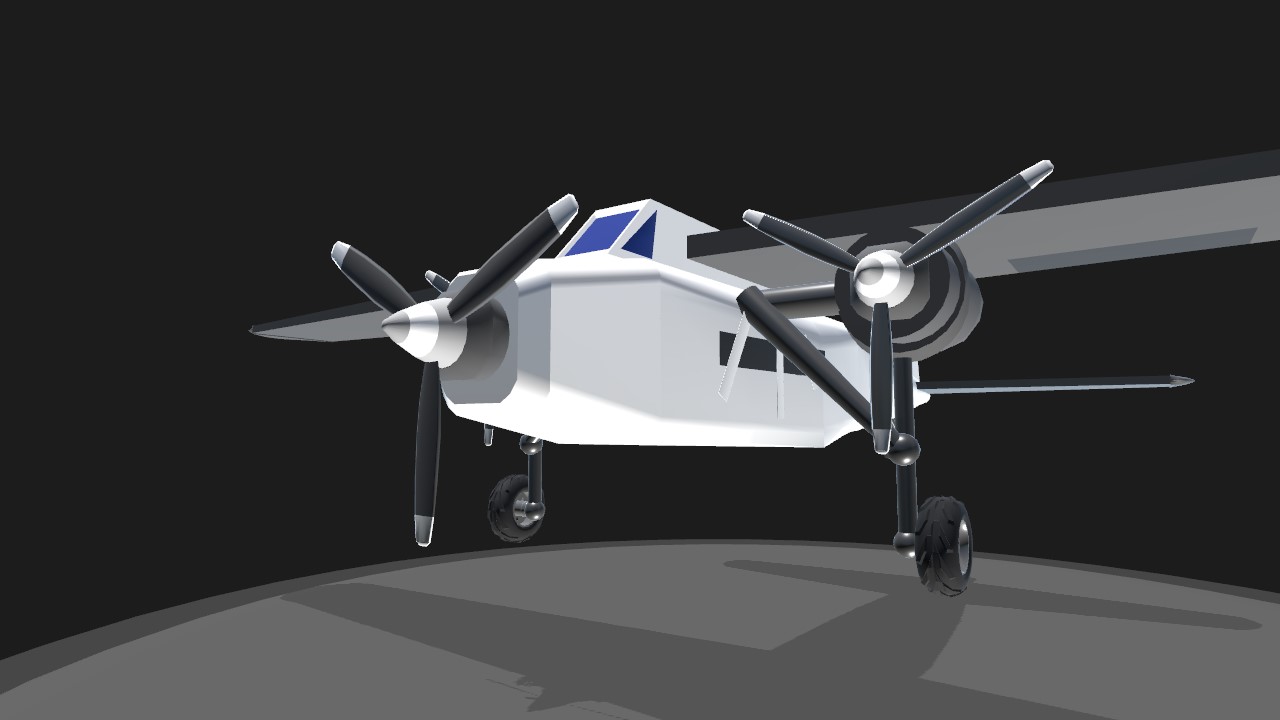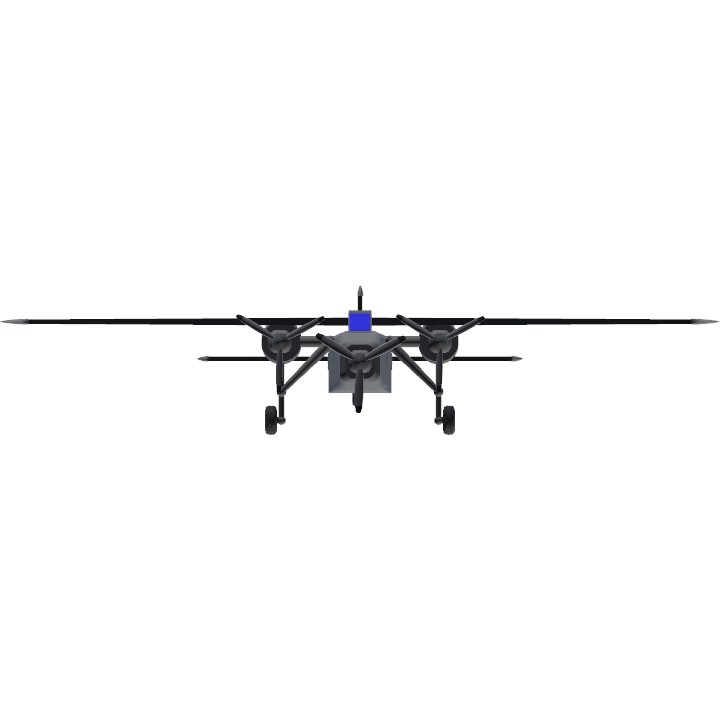The Fokker F.VII, also known as the Fokker Trimotor, was an airliner produced in the 1920s by the Dutch aircraft manufacturer Fokker, Fokker's American subsidiary Atlantic Aircraft Corporation, and several other companies under license. It was an airliner that could carry 6-12 people, depending on the version, and it used a variety of engines and engine configurations; while the first versions had a single nose engine, most were produced with three engines.
Specifications
General Characteristics
- Created On iOS
- Wingspan 51.7ft (15.8m)
- Length 32.5ft (9.9m)
- Height 10.7ft (3.3m)
- Empty Weight 5,380lbs (2,440kg)
- Loaded Weight 8,260lbs (3,747kg)
Performance
- Horse Power/Weight Ratio 0.363
- Wing Loading 22.0lbs/ft2 (107.3kg/m2)
- Wing Area 376.1ft2 (34.9m2)
- Drag Points 4221
Parts
- Number of Parts 66
- Control Surfaces 5
- Performance Cost 322







@Sockdragger noice! thanks :)
@MiloAviation here's what I have on my computer:
https://ibb.co/JLCQ0Kq a pretty complete picture of all the Fokker F-7 variants found in the Internet. Apparently copied from a Russian magazine.
As you can see, there are two types of wings. The short wing from the one-engined F-7 and the early 3-enfined ones and a long-wing used for many of the record-setting aircraft. The short wing remained a standard for many short/medium ranged passenger transports.
Engines were the seven-cylinder Wright Whirlwind in the earlier versions and the nine-cylinder ones in the later. Variants with five-cylinder Bristol and Gnome-Rhone engines have been known to fly as well.
https://ibb.co/1JRZHXVJ and https://ibb.co/ymfB3qrK seven-cylinder short-wing passenger planes from the Netherlands and Switzerland respectively.
https://ibb.co/zT8NdR5v The Fokker T-2 was a long-wing nine-cylinder F-7 built for the US Air Force. The 'Friendship' was the first T-2, given to admiral Richard Byrd for a record flight across the Atlantic. Note the 'American-style' forward sloping windshield and the larger elevator. The blue aircraft below is the 'Southern Cross' from Australian aviation pioneer Charles Kingsford-Smith. This was the prototype long-wing Fokker that somehow ended up in storage in California where Smith bought it pretty much at scrap value and extensively upgraded it. Note the non-standard engine mounts and tail plane.
Finally, https://ibb.co/qYhBWzPp are the drawings I made for my wooden toys. I include them here because they show the different fuselages and rudders in detail.
@Sockdragger if you want to
@MiloAviation do you need any detailed plans?.I tried to make a big wooden F.7 toy plane once, so I got some drawings and some insights if that can help you
@Sockdragger good tips. thanks. will improve
Not bad for 66 parts, and at least the windows look like the genuine windows from the genuine Fokker. Might want to consider making all your fuselage pieces 'square' to have the plane look even more like the real thing